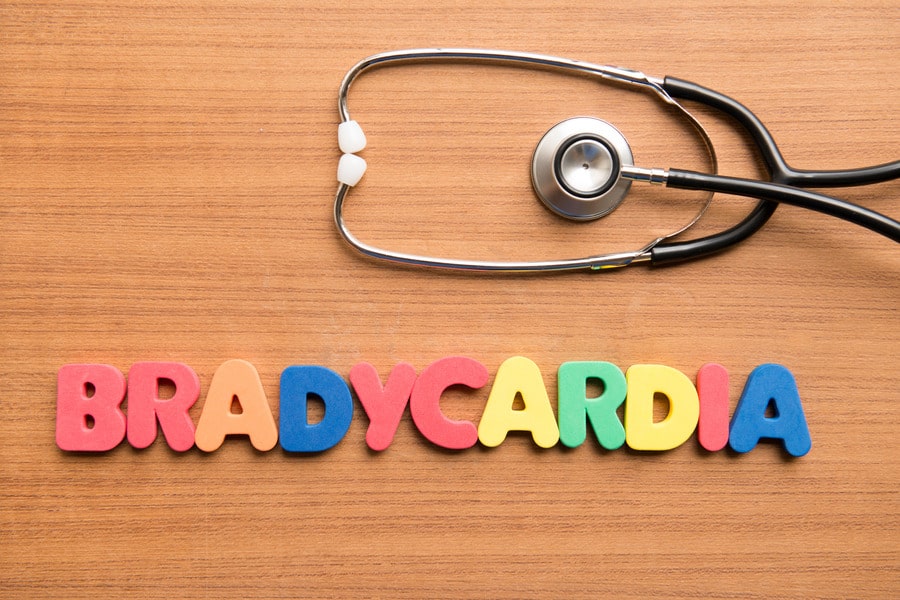In the vast realm of cardiovascular conditions, Bradycardia stands out due to its unique nature and profound effects on the human body. While a rapid heartbeat often sounds alarms, a slow heart rate, characteristic of Bradycardia, requires equal attention. This comprehensive guide seeks to shed light on this intriguing cardiac condition.
Definition and Overview
Bradycardia is a clinical term referring to a slower than usual heart rate, specifically when the heart rate falls below 60 beats per minute (bpm) in adults. However, it’s essential to note that a heart rate below 60 bpm doesn’t always indicate a medical problem. In some cases, particularly in athletes, a slower heart rate can be a sign of efficient heart function and fitness.
Bradycardia: An In-depth Look into Slow Heart Rhythms
Bradycardia might sound like a rare condition, but it is relatively common, especially in certain demographics. In essence, it’s when the heart’s rhythm slows down, but the implications of such a change can vary widely.
Understanding the Heart’s Electrical System
To grasp Bradycardia fully, one must first understand the heart’s electrical system. This intricate setup ensures that the heart beats in a synchronized way. The sinus node, a group of cells located in the heart’s upper right chamber, sends electrical impulses that regulate this heartbeat. These impulses travel across the heart, making it contract and pump blood. Any disruption to this system can lead to rhythm disorders like Bradycardia.
Symptoms of Bradycardia
While Bradycardia can sometimes be asymptomatic, certain signs can indicate its presence:
- Difficulty in Concentration: Due to reduced blood flow to the brain.
- Sweating: The body might sweat profusely without apparent reasons.
- Sleep Disturbances: Issues like sleep apnea can sometimes accompany Bradycardia.
- Fatigue or weakness
- Dizziness or lightheadedness
- Fainting or near-fainting spells
- Shortness of breath
- Chest pain
- Confusion or memory issues
- Palpitations due to a pounding heart sensation
Causes of Bradycardia
The heart’s rhythm is maintained by a natural pacemaker called the sinus node. Bradycardia typically arises when there’s a disruption in the heart’s electrical pathways. Causes include:
- Aging: The heart’s electrical system may deteriorate with age, affecting heart rate.
- Heart tissue damage: Often resulting from a heart attack.
- Congenital heart defects: Some are born with electrical pathway issues.
- Endocarditis: An infection of the heart’s inner lining.
- Myocarditis: Inflammation of the heart muscle.
- Hypothyroidism: An underactive thyroid can decrease metabolism and affect heart function.
Underlying Causes Explored Further
- Medications: Several drugs can reduce heart rate, including those for psychiatric disorders, hypertension, and certain anti-arrhythmic agents.
- Electrolyte Imbalance: Imbalances, especially in potassium levels, can influence heart rate.
- Sleep Apnea: This sleep disorder affects breathing patterns, which can, in turn, impact heart rate.
Treatment Options Expanded
While the primary treatment for significant Bradycardia is a pacemaker, there are other approaches depending on the cause:
- Medication review: If a drug is causing Bradycardia, your doctor might adjust your dosage or recommend an alternative.
- Treating underlying conditions: If hypothyroidism or another disorder is the cause, treating that condition will often resolve Bradycardia.
- Pacemaker: A device placed under the skin of the chest or abdomen to help control abnormal heart rhythms.
Risk Factors
Bradycardia risk can be influenced by:
- Age, particularly in older adults.
- High blood pressure or cardiovascular diseases.
- Electrolyte imbalances.
- Use of certain medications, especially beta-blockers.
Potential Complications
If untreated, Bradycardia can lead to:
- Frequent Fainting Spells: Due to the reduced blood flow to the brain.
- Higher risk of heart diseases.
- Compromised organ function: As a result of decreased blood supply.
Prevention: How to Avoid Bradycardia
Bradycardia prevention largely relies on lifestyle choices:
- Maintain Cardiovascular Health: Adopt a diet low in saturated fats, cholesterol, and sodium.
- Exercise Regularly: Physical activity strengthens the heart muscle.
- Limit Alcohol and Caffeine: These can interfere with heart function.
- Regular Check-Ups: Screenings can detect and address potential risk factors.
When to See a Doctor
Should you experience consistent symptoms of Bradycardia or any cardiac discomfort, immediate medical attention is vital. Early diagnosis can lead to better management and outcome.
Bradycardia in the Younger Population
While Bradycardia is more common in the older demographic, young individuals aren’t entirely immune. Athletes and those in rigorous training often have a resting heart rate below the average person’s, due to increased heart efficiency. However, Bradycardia in younger individuals outside this context can be a sign of a heart problem and should be addressed promptly.
Additional Information
Bradycardia, while often benign, can sometimes lead to severe complications. These include heart failure, frequent fainting spells, and even sudden cardiac arrest.
The condition is diagnosed through various tests, including an electrocardiogram (ECG), Holter monitoring, and event monitoring. Treatment might range from addressing underlying causes to implementing pacemakers in more severe cases.
Furthermore, it’s crucial to stay informed about medications, as some can exacerbate or even cause Bradycardia. Always inform your physician about any drugs or supplements you’re taking.
Bradycardia, symbolized by a slow heartbeat, underscores the importance of understanding our heart’s rhythm and the factors that can influence it. Through knowledge, timely intervention, and lifestyle choices, one can navigate the nuances of this condition and lead a healthy life.









